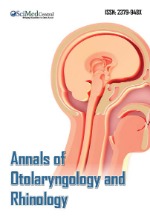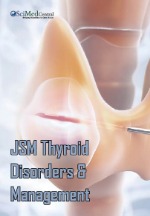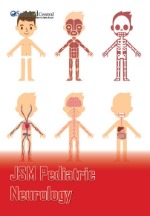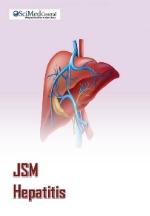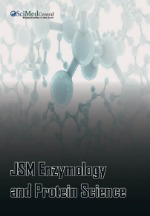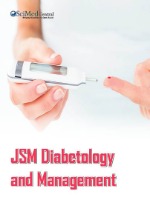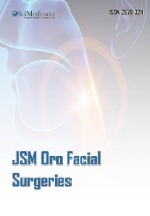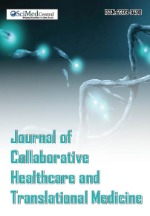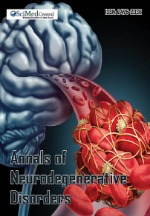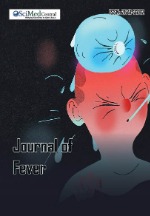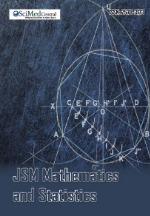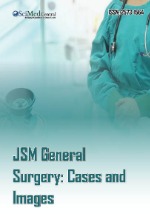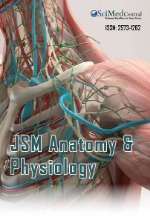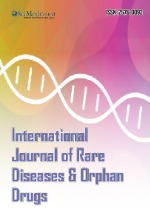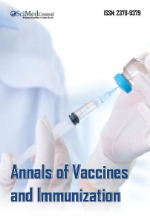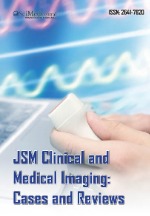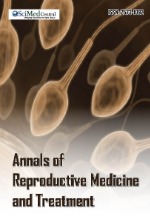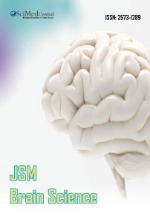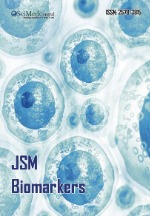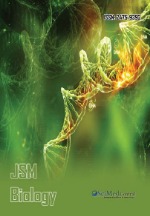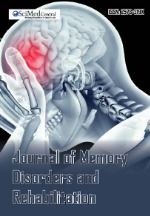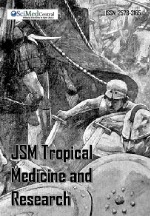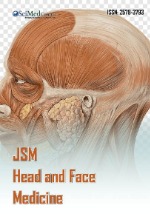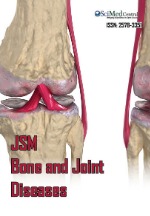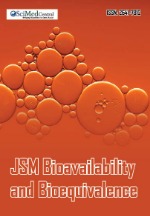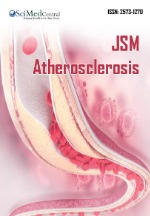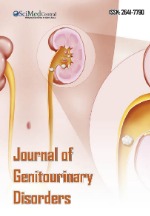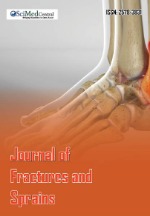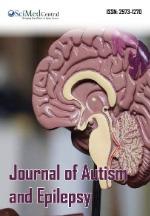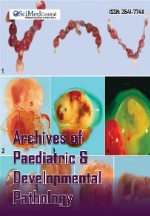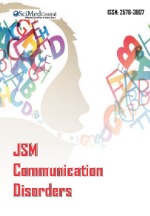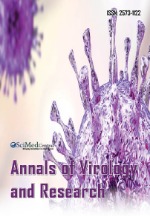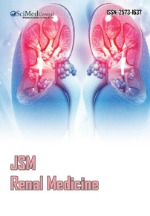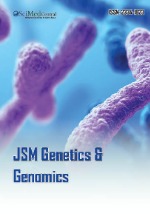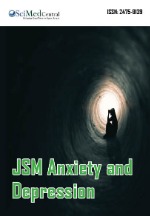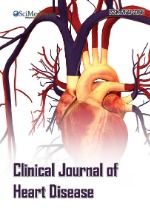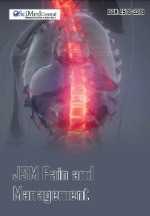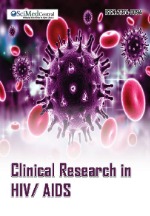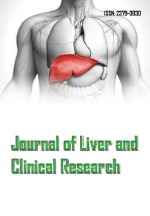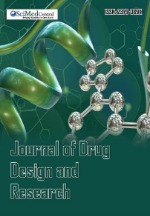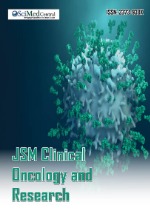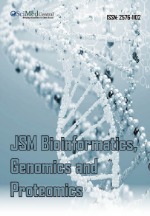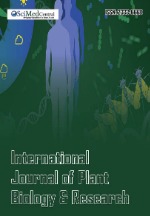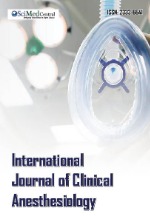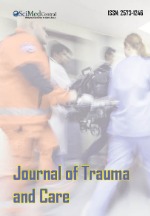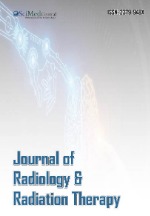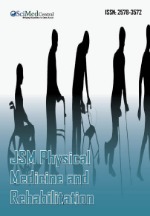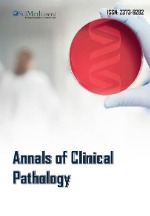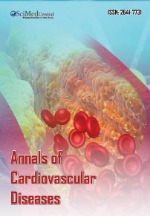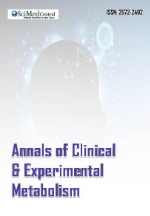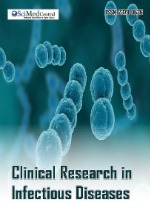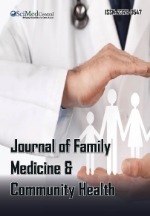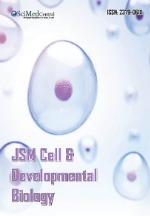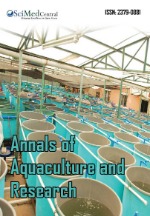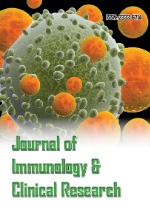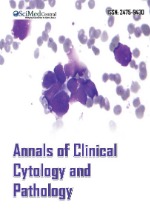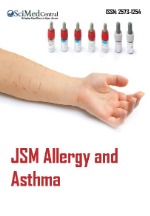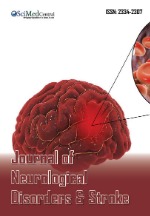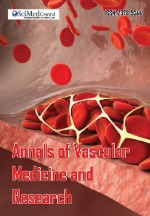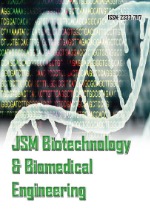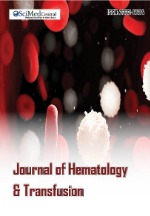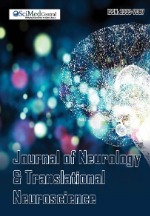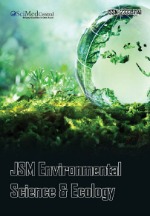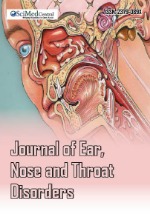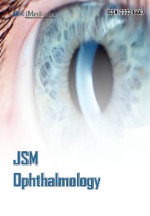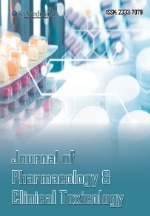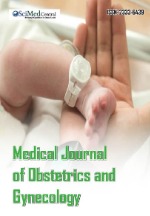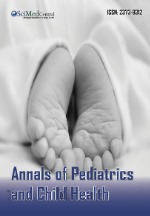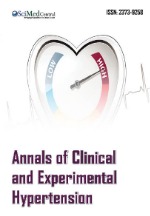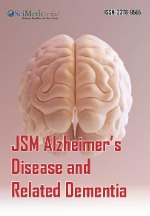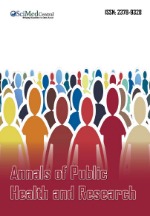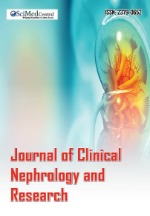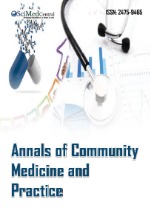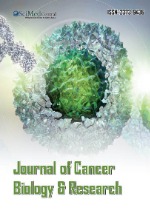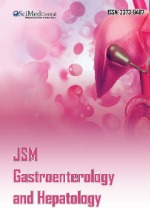The Progress and Challenges of Targeted Therapy for Pediatric Solid Tumors
- 1. Division of Pediatric Hematology/Oncology, University of Kentucky, USA
Citation
Wagner L (2015) The Progress and Challenges of Targeted Therapy for Pediatric Solid Tumors. JSM Clin Oncol Res 3(1): 1041.
EDITORIAL
A main focus of oncologists over the past decade has been the development of anti-cancer agents designed to selectively target tumor cells while sparing the host. Fueled by the early success of certain tyrosine kinase inhibitors and monoclonal antibodies, investigators continue to search for druggable targets that may lead to more effective and less toxic treatments. The use of targeted therapy has already radically transformed care for some cancers previously considered resistant to conventional chemotherapy, such as gastrointestinal stromal tumor, melanoma and renal cell carcinoma. Further, the identification of certain molecular markers has improved risk stratification and allowed for early-stage clinical trials of novel agents to be filled with patients whose tumors have the most relevant genetic changes.
In pediatric solid tumors, clear progress has been made in several areas. For example, the monoclonal antibody ch14.18, which targets the disialoganglioside GD2 that is ubiquitously present on neuroblastoma cells, has proven beneficial in post-transplant maintenance therapy for children with high-risk disease [1]. In addition, the discovery of activating ALK mutations or rearrangements in a subset of patients with neuroblastoma, anaplastic large cell lymphoma, and inflammatory myofibroblastic tumors has led to the use of the tyrosine kinase inhibitor crizotinib [2], which was recently granted licensure for treating lung cancers with ALK mutations. Exciting activity has also been seen with the use of imatinib to target the PDGFB rearrangements found in dermatofibrosarcoma protuberans [3], and with the use of VEGF inhibitors to treat alveolar soft parts sarcoma [4]. Together, these and other experiences demonstrate the powerful promise of targeted therapy, and suggest that the specific molecular pathways driving cancer growth may sometimes be as important as the histology in choosing successful therapy.
For other pediatric solid tumors, particularly the most common types of childhood sarcoma, progress has been frustratingly slow. One good example is the attempt to target the insulin-like growth factor type 1 receptor (IGF-1R), which has been implicated in the development and proliferation of rhabdomyosarcoma, osteosarcoma, and especially Ewing sarcoma. Despite compelling preclinical data and exciting activity seen during early dose-finding trials, larger phase II studies of three different monoclonal antibodies targeting IGF-1R consistently showed disappointing objective response rates of less than 15% [reviewed in 5]. In an attempt to overcome treatment resistance, a recent pediatric trial studied the addition of the mTOR inhibitor temsirolimus to an anti-IGF-1R antibody, with the hopes of reducing downstream activation of mTOR that has been reported following IGF-1R therapy. Unfortunately, even this vertical inhibition strategy was ineffective against pediatric-type sarcomas [6]. This demonstrates both the limited ability of existing preclinical models to predict response, as well as the need to find predictive biomarkers to allow optimal selection of patients.
It is likely that some targeted agents may be best utilized in combination with conventional chemotherapy agents. For instance, adding temsirolimus onto the salvage regimen of cyclophosphamide and vinorelbine in patients with recurrent rhabdomyosarcoma proved beneficial in a cooperative group phase II trial [7], providing rationale for a future study to incorporate mTOR inhibition with standard frontline chemotherapy for newly-diagnosed patients. Another example is the targeting of poly (ADP-ribose) polymerase (PARP), a DNA repair protein which was identified as a relevant target for Ewing sarcoma treatment through systematic pharmacogenomics profiling in cancer cell lines [8]. PARP inhibitors are now being studied in combination with the DNA methylating agent temozolomide in clinical trials in both North America for patients with recurrent Ewing sarcoma, given preclinical evidence of synergy [reviewed in 9]. Similarly, the VEGF inhibitor pazopanib, which was recently approved for treating advanced soft tissue sarcoma in adults [10], will now undergo Phase III testing alone and in combination with conventional chemotherapy for patients with newly-diagnosed non-rhabdomyosarcoma soft tissue sarcoma.
It is obvious that further understanding of the presence and significance of genetic abnormalities in pediatric solid tumors will be necessary to drive new advances. Recent improvements in molecular testing, such as next-generation sequencing, have made it feasible to test the entire tumor genome, or at least select portions felt to be most clinically relevant. Such assessment of the “druggable genome” is attractive because it can be accomplished using small amounts of previously collected paraffin-embedded tissue, at a cost that is often less than that of a magnetic resonance imaging (MRI) study. Several large pediatric cancer centers, acting alone or in a limited-institution consortium, are prospectively testing tumors from patients with relapsed or high-risk cancers, with the goal of analyzing data and formulating personalized treatment recommendations. The hope is to develop genetically-informed algorithms to accurately predict response to commercially available agents or relevantly targeted clinical trials. Preliminary results from one study suggest that such an approach is indeed feasible in a multi-institutional setting, as defined by the ability to extract and analyze data from archival tumor samples in 81% of patients [11]. Of note, only 30% of the 54 evaluable patients were given a treatment recommendation based on this testing, which likely reflects the relatively low percentage of pediatric solid tumors containing mutations or other changes that are currently considered actionable [12].
The strategy of choosing therapy for relapsed pediatric solid tumor patients based on genetic testing of tumors is intuitively appealing but still remains experimental at this point. To be successful, the pediatric oncology community must continue to contribute samples for analysis to more completely define the genetic landscape of childhood tumors. Further, basic research is critical to better understand the significance of mutations and epigenetic alterations to determine which changes are truly ?actionable. Also important is the continued pediatric testing of agents recently approved for adults, given that it is very unlikely that cancer agents will become commercially available based solely on pediatric indications. Children do not always tolerate similar doses of targeted therapies given to adults [13], and familiarity with the use of these drugs in younger patients will allow for a larger number of therapeutic options. Finally, the rational evaluation of targeted agents in well-designed clinical trials, and the logical combination of agents with conventional chemotherapy backbones, will be essential to optimize the chance of success with these agents. This is an exciting time for pediatric oncologists, although much work remains to be done for targeted molecular therapeutic strategies to reach their full potential.


